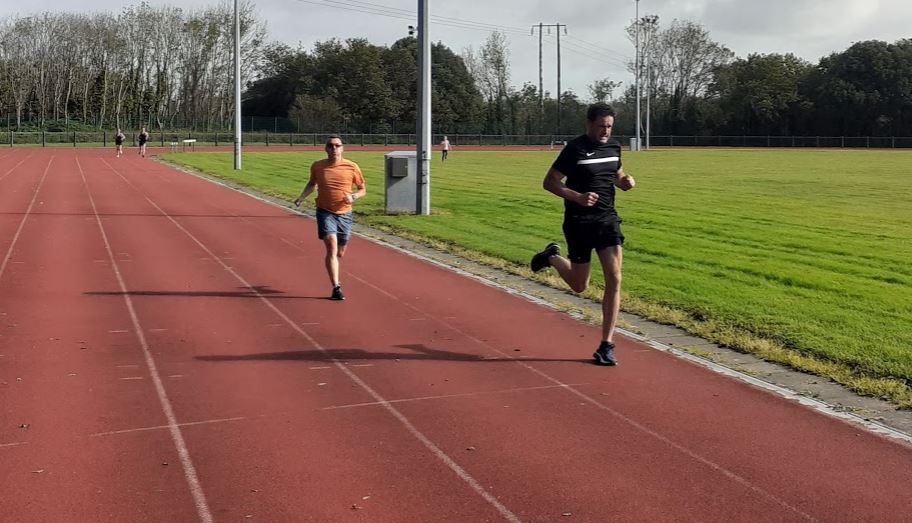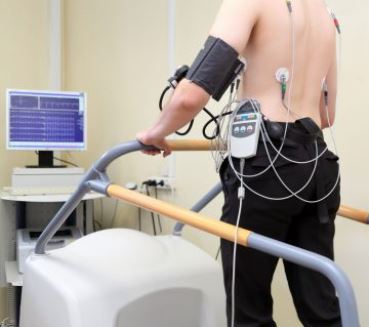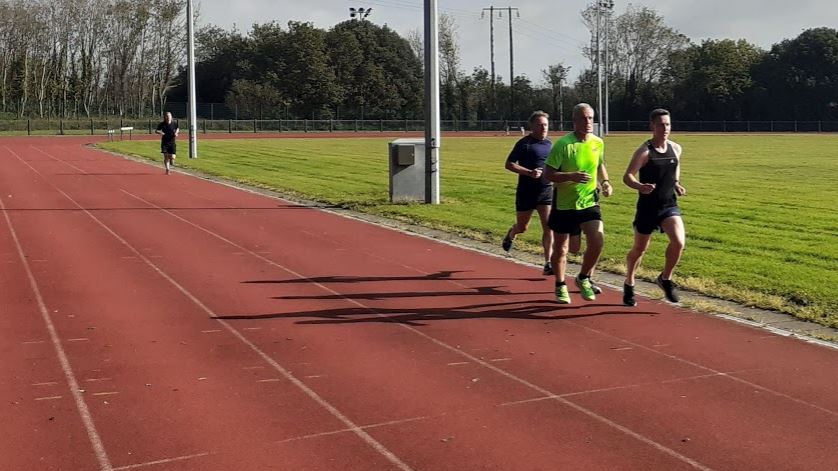Different running paces
Runners have different paces to choose from. Beginners tend to run too fast at the beginning of a run and then need to slow down drastically due to the oxygen deficit after a several minutes and may even end up walking. It is very important to warm-up slowly before picking up the pace, in a steady run for example, and it is as equally important to slow down to cool-down the body afterwards. It is important to understand the different running paces and the physiological benefit of each. The Interval pace is a very important pace, as it improves the usage of Oxygen. Each week, only five percent of the weekly mileage should be run at Interval pace.
There are five different paces and each should be included in the different phases of a training plan:
1 – Endurance pace / Easy pace
2 – Marathon pace
3 – Threshold pace
4 – Interval pace
5 – Repetition pace
In addition, sprinters should work at a much faster than repetition pace, but their workouts are very specific and linked to the various different sprinting distances (100m, 200m and 400m).
Training your VO2max with intervals at your 5km pace
If you’re a runner looking to improve your fitness level, one key aspect to focus on is your VO2max, which is a measure of your body’s ability to utilize oxygen during exercise. VO2max is a good indicator of your cardiovascular fitness, and improving it can help you run faster and more efficiently.
One effective way to increase your VO2max is through interval training, which involves alternating periods of high-intensity exercise with periods of lower-intensity exercise or rest. In this article, we will discuss how to train your VO2max with intervals at your 5km pace.
What is VO2max?
VO2max is the maximum amount of oxygen that your body can utilize during exercise. The higher your VO2max, the more oxygen your muscles can use, which allows you to perform better during high-intensity exercise. VO2max is influenced by various factors, such as genetics, age, sex, and training status.
How does interval training help increase VO2max?
Interval training is an effective way to increase VO2max because it involves periods of high-intensity exercise that challenge your body to utilize more oxygen. During high-intensity exercise, your body’s oxygen demand increases, and your heart and lungs work harder to deliver oxygen to your muscles. This increased demand stimulates adaptations in your body that improve your cardiovascular fitness, including an increase in the number of capillaries that deliver oxygen to your muscles and an increase in the size and number of mitochondria (the organelles in your cells that produce energy).
Interval training also helps you improve your running pace by teaching your body to run at a higher intensity for longer periods of time. By running at your 5km pace during intervals, you can train your body to become more efficient at using oxygen during high-intensity exercise, which can help you maintain your pace for longer periods of time.

The pace
The Interval pace is run at approximately ninety five percent of your maximal heart rate. The general table below determines it, based on your age:
| Age | Maximal Heart rate (Max HR = 220 – age) | Interval pace (~ 95% max HR) |
| 20 years | 200 bpm | 190 bpm |
| 40 years | 180 bpm | 171 bpm |
| 60 years | 160 bpm | 152 bpm |
| 80 years | 140 bpm | 133 bpm |
This general table does not fit everyone. Depending on your fitness and your training history, your maximal heart rate may vary. You can go to a sport doctor to undergo a Cardiac stress test on a stationary bike or a treadmill to define your own maximal heart rate.

Untrained people will have their threshold at 80% of their maximal heart rate and top athletes can run up to nearly 95% of their maximal heart rate at threshold pace.
Another way to estimate your Interval pace is to define it with your current racing result. I suggest you race a 5km, and depending on your result, it defines your threshold pace:
| 5 km time | Interval pace [/kilometers] | Interval pace [/miles] |
| 15 minutes | 2’57”/km | 4’46”/mile |
| 20 minutes | 3’53”/km | 6’14”/mile |
| 25 minutes | 4’50”/km | 7’45”/mile |
| 30 minutes | 5’55”/km | 9’30”/mile |
These tables can be a good indication, but to get an accurate pace, it is important to get a blood lactate test in order to know both thresholds. Elite athletes are tested regularly throughout the season.
How to train your VO2max with intervals at your 5km pace
To train your VO2max with intervals at your 5km pace, follow these steps:
1 Warm-up: Start with a 10-15 minute warm-up of light jogging or dynamic stretching to get your body ready for exercise.
2 Choose a distance: Decide on a distance that is slightly shorter than your 5km race distance. For example, if you are training for a 5km race, you can choose a distance of 1km or 1.5km for your intervals.
3 Set your pace: Set your pace for the intervals at your 5km race pace. This should be a pace that feels challenging but sustainable for the duration of the interval.
4 Rest: After each interval, take a short rest period of 1-2 minutes to recover before starting the next interval.
5 Repeat: Repeat the intervals for a total of 4-6 repetitions, depending on your fitness level and training goals.
6 Cool-down: Finish with a 10-15 minute cool-down of light jogging or walking to help your body recover from the workout.
Example workout:
Warm-up: 10 minutes of light jogging
Intervals: 4 x 1km at 5km pace, with 1-2 minutes rest between intervals
Cool-down: 10 minutes of light jogging

Tips for success:
Gradually increase the number of intervals or distance of each interval as your fitness improves.
Keep track of your pace and progress over time to monitor your improvement.
Incorporate interval training into your training routine once or twice a week, along with other types of training such as long runs and tempo runs.
Conclusion
In conclusion, interval training at your 5km pace is an effective way to improve your VO2max and running performance. It can be a fun session to perform with your friends or club mates.
